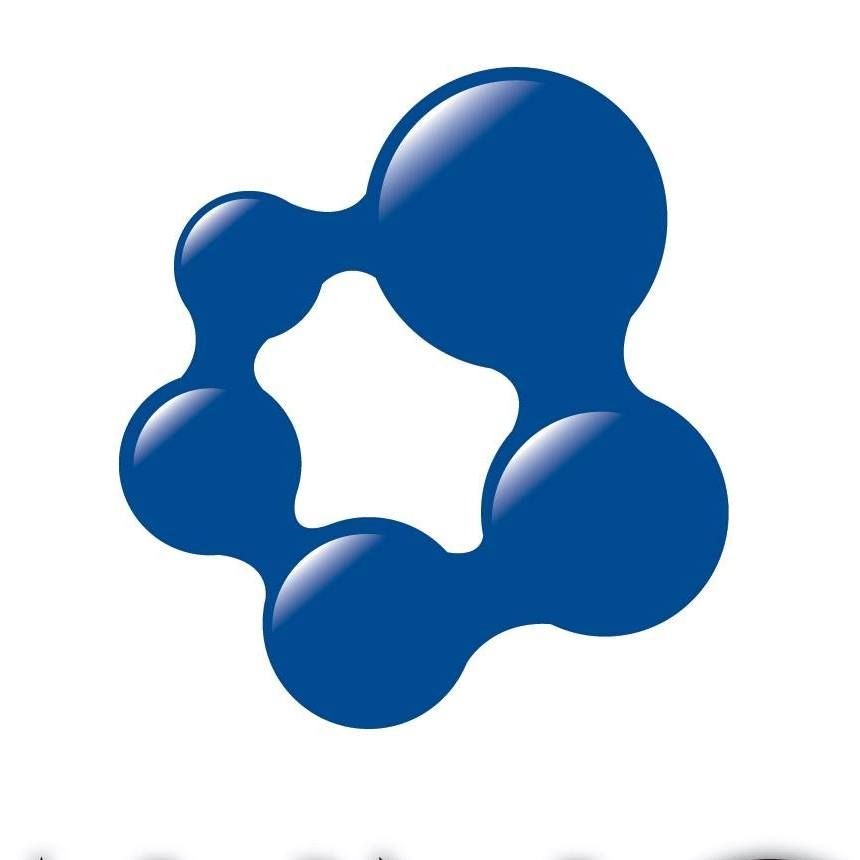Hemolytic Uremic Syndrome (HUS) is a foodborne disease which mainly affects children. It is caused by Escherichia coli bacteria, which release a toxin called Shiga toxin within the body. This infectious form of HUS, defined as STEC-HUS, can cause sporadic cases or outbreaks, as observed in different countries. Argentina has the highest incidence of STEC-HUS worldwide. The disease is endemic, representing approximately 95% of all HUS cases nationwide.
STEC-HUS generally begins with diarrhea (with or without blood), and can also cause fever, abdominal pain, and cramps. Then the child may have pallor, altered consciousness, decreased urine output, seizures, and other symptoms. Although death is uncommon (it occurs in 2-4% of cases), it is a very serious disease that mainly affects the kidneys, and also other organs such as the brain. About half of children need to undergo a risky procedure such as dialysis (due to malfunctioning kidneys); and most of them also receive blood transfusions.
Around 30% of the patients are left with lifelong consequences that can range from permanent kidney damage to the need for a transplant.
So far there is no drug, antibiotic or vaccine to prevent or treat HUS. Current treatment protocols include hospitalization for all patients with HUS, and supportive therapy such as hydration and salt intake. Support therapy is not a specific treatment, but rather helps the body better defend itself against the disease.
The purpose of this study is to establish whether it is safe and effective to treat patients who are diagnosed with STEC-HUS, with INM004 (study drug). INM004 is an investigational product "Fraction F(ab')2 of Equine Shiga Antitoxin Immunoglobulin". It is a concentrated and sterile serum obtained from healthy horses immunized against Shiga toxin that contains antibodies capable of neutralizing it.
The initial hypothesis is that INM004 would neutralize the entry of Shiga toxin into the body's cells thus preventing the consequent toxic damage. With the proposed treatment, INM004 would eliminate the Shiga toxin, preventing the progression of HUS symptoms and its serious complications (such as the need for and duration of dialysis, duration of hospital stays, as well as neurological, cardiovascular, intestinal complications, among others) which are associated with high morbidity and mortality. This treatment could then have an impact in health costs of STEC-HUS as well as the social costs.







